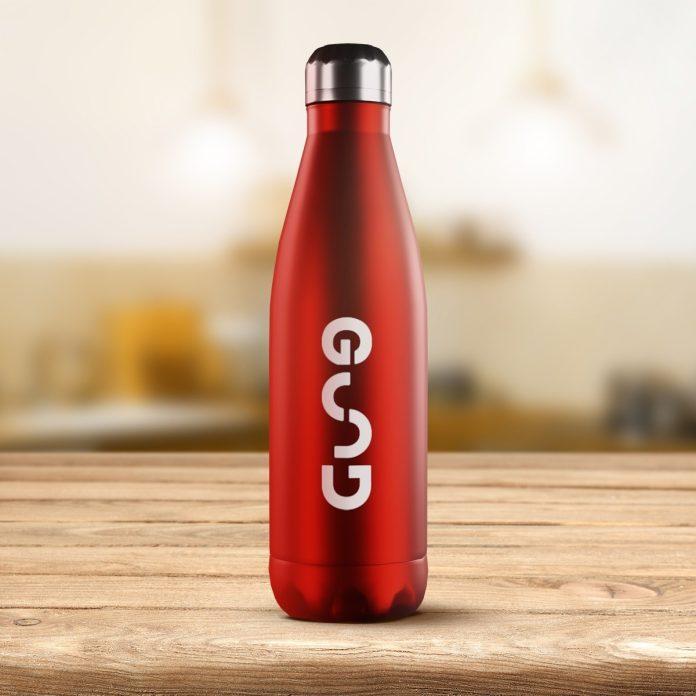In today’s world, sustainability has become a critical consideration in all aspects of life, including product manufacturing and printing. As the demand for eco-friendly alternatives continues to rise, businesses and consumers alike are seeking sustainable solutions for everyday products like water bottles. In this comprehensive guide, we will explore nine eco-friendly water bottle printing options that prioritize sustainability without compromising on quality or design.
Understanding the Importance of Eco-Friendly Printing
Before delving into specific printing options, it’s essential to understand why eco-friendly printing is crucial for sustainability. Conventional water bottle printing methods often involve the use of harmful chemicals, excessive water consumption, and the generation of hazardous waste. By opting for eco-friendly printing alternatives, we can minimize environmental impact and contribute to a healthier planet.
Environmental Benefits
Eco-friendly printing options prioritize sustainability by reducing energy consumption, minimizing waste generation, and utilizing non-toxic materials. These methods help conserve natural resources and mitigate pollution, making them environmentally responsible choices for businesses and consumers.
Health and Safety Considerations
Traditional printing processes may involve the use of hazardous chemicals and emissions that pose risks to human health and the environment. Eco-friendly printing options eliminate or minimize exposure to harmful substances, promoting safer working conditions and healthier living environments.
9 Eco-Friendly Water Bottle Printing Options
1. Water-Based Inks
Water-based inks are made from natural ingredients and do not contain harmful chemicals or volatile organic compounds (VOCs). These inks are non-toxic, biodegradable, and produce vibrant colors without compromising print quality.
2. Soy-Based Inks
Soy-based inks are derived from soybeans, making them a renewable and sustainable alternative to petroleum-based inks. These inks have low VOC emissions, reduce environmental impact, and offer excellent color saturation and printability.
3. UV Printing
UV printing utilizes ultraviolet light to cure inks instantly, eliminating the need for solvents and reducing energy consumption. This process produces high-quality prints with sharp detail and vibrant colors while minimizing waste and environmental impact.
4. Digital Printing
Custom printing technologies such as inkjet and laser printing offer eco-friendly alternatives to traditional offset printing methods. Water digital printing produces minimal waste, allows for on-demand printing, and enables customization without the need for plates or setup materials.
5. Recycled Materials
Using recycled materials for water bottle printing reduces the demand for virgin resources and minimizes waste sent to landfills. Recycled paper and plastics can be used for labels, packaging, and promotional materials, contributing to a circular economy and reducing environmental footprint.
6. Biodegradable and Compostable Materials
Biodegradable and compostable materials offer sustainable alternatives to conventional plastics for water bottle labels and packaging. These materials break down naturally in composting facilities, reducing environmental impact and minimizing pollution in landfills and oceans.
7. Plant-Based Plastics
Plant-based plastics, also known as bioplastics, are derived from renewable sources such as corn, sugarcane, or cellulose. These plastics are biodegradable or compostable and offer a sustainable alternative to petroleum-based plastics for water bottle packaging and labels.
8. Eco-Friendly Coatings
Eco-friendly coatings, such as water-based varnishes and coatings, provide a protective finish for water bottle labels and packaging without the use of harmful chemicals. These coatings are non-toxic, biodegradable, and minimize environmental impact.
9. Energy-Efficient Printing Facilities
Choosing printing facilities that prioritize energy efficiency and sustainability further enhances the eco-friendliness of water bottle printing. Facilities that utilize renewable energy sources, implement waste reduction measures, and adhere to environmental regulations contribute to a more sustainable printing industry.
Conclusion
Incorporating eco-friendly printing options into water bottle manufacturing and labeling processes is essential for promoting sustainability and reducing environmental impact. By embracing water-based inks, soy-based inks, UV printing, digital printing, recycled materials, biodegradable plastics, plant-based plastics, eco-friendly coatings, and energy-efficient practices, businesses can minimize their carbon footprint and contribute to a greener future.
As consumers increasingly prioritize sustainability in their purchasing decisions, adopting eco-friendly printing solutions for water bottles is not only environmentally responsible but also economically advantageous in the long run. Let’s embrace eco-friendly printing options and work together to create a more sustainable world for generations to come.
